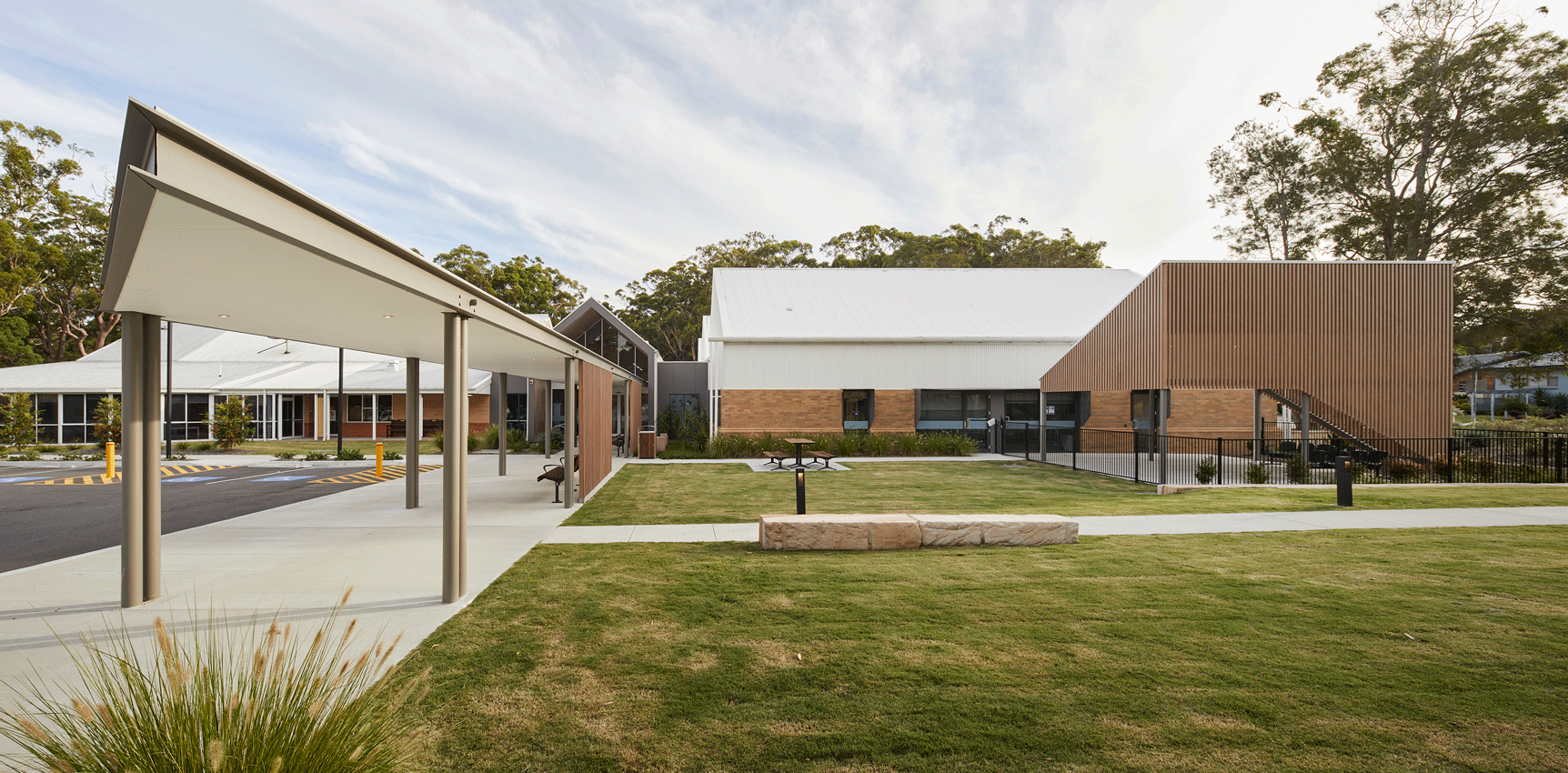
Tips to navigate planning approvals and environmental processes to save time and money
For most infrastructure projects, some form of planning approval is needed. That’s where the NSW Public Works Environment and Planning team can help—by advising on the likely planning approval requirements and overseeing a project’s planning approval process from start to end, including advising on environmental impacts and practises.
“When a new project gets underway, our team can assist in providing important information during the pre-planning and planning stage,” explains NSW Public Works Principal Scientist Liz Mathieson, who has over 15 years' experience in environmental planning and assessment across a range of public infrastructure projects.
Here she shares advice for achieving a smooth planning approval process or environmental processes to save time and money and deliver excellent project outcomes.
Account for planning approval at the start of the project
“Planning approvals are an essential part of any project and it is important to seek early engagement with our team to ensure the project can meet stated timelines,” says Ms Mathieson. Some projects may trigger certain lengthy planning approvals (for example, state significant infrastructure/development) or require specialist assessments, which can take several months or sometimes years to complete (for example, biodiversity or Aboriginal cultural heritage assessments). “Project managers should engage our team at the start of the project to fully understand the requirements and any triggers for further assessment to avoid future construction delays.”

When replacing infrastructure, confirm if approval is needed
A common belief is if something is being replaced, there are no need for any approvals. “That is not always the case,” says Ms Mathieson. “Often approvals and other permits for such activities are required and investigations may be needed before works can commence. It is a good idea to contact our team to ascertain if the works would be considered exempt development or if some form of approval is required.”
Not everything needs to be approved by council
There are several types of approval pathways. “For instance, some projects need development consent from council, while other projects, particularly public infrastructure projects, can often be assessed and determined by the public authority themselves. Understanding and pursuing the most efficient process can save a lot of time and money, sometimes hundreds of thousands of dollars or more,” she says.
Applying mitigation requirements is the project manager’s or client’s responsibility
“Our team identifies and assesses the potential environmental impacts of a project, which are captured in an environmental assessment.” The full scope of works must be provided at the start of the environmental assessment, and any changes to the scope should be communicated to the team, so all impacts can be adequately considered. “It is then the project manager’s or client’s responsibility to implement the recommendations and mitigation requirements contained within the environmental assessment,” says Ms Mathieson, noting that her team’s involvement is until the end of the approval stage. “Environmental audits should then be carried out by a site auditor or the leading contractor.”
The Environment and Planning team at NSW Public Works offers a broad range of expertise and experience in specialist infrastructure planning and advisory solutions related to environmental and sustainability issues across a diverse array of fields including historical heritage, Aboriginal heritage, ecology and biodiversity conservation, water quality, bushfire prevention, noise and traffic impacts.
To get help with your environment and planning processes, contact Principal Scientist Liz Mathieson on 02 9769 9846 or Liz.Mathieson@pwa.nsw.gov.au.
Read capability brochure
Project images: Tomaree HealthOne Facility, credit to photographer Alexander McIntyre